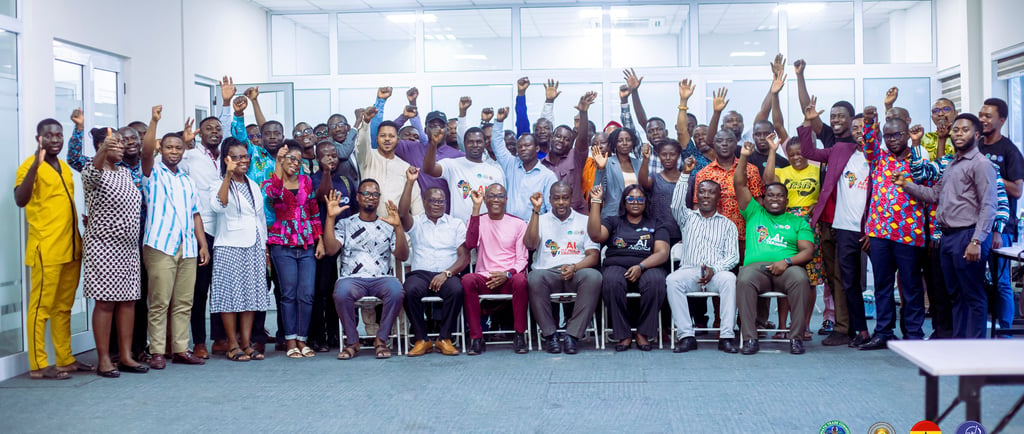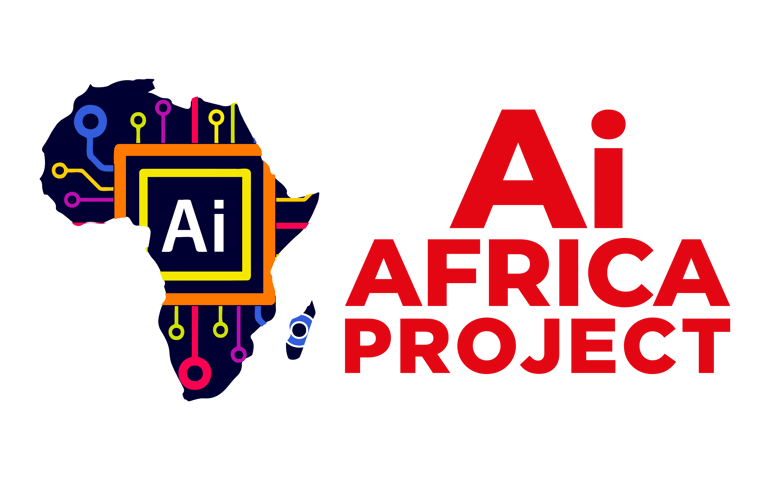Empowering Africa’s Youth: The AIAfrica Initiative Revolutionizing Skills Training
5/31/20252 min read


Introduction to AIAfrica
The rapid advancement of artificial intelligence (AI) is reshaping economies worldwide, and Africa stands at the cusp of an unprecedented opportunity to leapfrog into the fourth and fifth industrial revolutions. Central to this transformation is the AIAfrica project, an ambitious initiative dedicated to training 11 million Africans in AI, machine learning, deep learning, and prompt engineering by 2028.
Visionaries Behind the Initiative
Spearheaded by visionary leaders, including Dr. David King Boison, AIAfrica operates in partnership with the African Diaspora Central Bank and the Vanuatu Trade Commission—Ghana. This collaborative effort exemplifies the commitment to harnessing the continent's potential, targeting the youth whose energy and creativity are vital in driving Africa’s future economic momentum.
The Importance of Skills Training
As the global economy increasingly pivots towards technology-driven solutions, the demand for skilled professionals in AI-related fields has surged. However, Africa has been faced with a significant skills gap that has hindered its ability to compete on a global scale. The AIAfrica project aims to address this gap by equipping the continent’s youth with vital competencies that promote innovation and enable them to participate meaningfully in the digital economy.
Through tailored training programs, AIAfrica focuses on imparting critical knowledge in AI, machine learning, and deep learning. These fields not only hold the key to future job creation but also empower the youth to leverage technology in solving local challenges, thus driving sustainable development across various sectors.
Transforming Lives and Communities
The impact of the AIAfrica initiative extends beyond individual training; it has the potential to transform entire communities. Young Africans equipped with relevant skills can contribute to job creation, entrepreneurship, and economic diversification. By fostering an environment where innovation thrives, AIAfrica envisions a continent capable of producing homegrown solutions tailored to its unique challenges.
In addition, by focusing on AI training, AIAfrica is preparing the youth to engage with emerging technologies that will define the future job landscape. This is crucial as industries evolve and new job roles emerge, demanding a new skill set that the current education systems may not fully provide.
Conclusion
AIAfrica stands as a beacon of hope for the youth of Africa, offering a practical pathway to harness the potential of technology for personal and communal empowerment. With a bold target of training 11 million Africans by 2028, the initiative not only aims to fill the skills gap but also to inspire a generation to pursue careers in science and technology. As this initiative takes root, we can expect a transformative ripple effect that enhances the continent’s economic landscape and positions Africa competitively in the global arena.
Empowerment
Training youth and women for digital leadership.
CALL / WHATSAPP LINE
+233 559 853 572
© 2025. All rights reserved.
Conclusion: A $6 Trillion Opportunity Powered by AI
A 2023 analysis by the African Development Bank projects that full value chain development across Africa’s natural resource sectors could unlock over $6 trillion in cumulative economic value by 2040. AI will be instrumental in capturing this value through enhanced productivity, precision forecasting, climate resilience, and knowledge transfer.
The AiAfrica Project provides a unique opportunity to position African researchers and innovators at the forefront of this revolution. By establishing dedicated research labs, training centers, and AI deployment strategies across the 50 sectors, Africa can not only leverage its natural wealth but also secure its rightful place in the Fourth and Fifth Industrial Revolutions.
